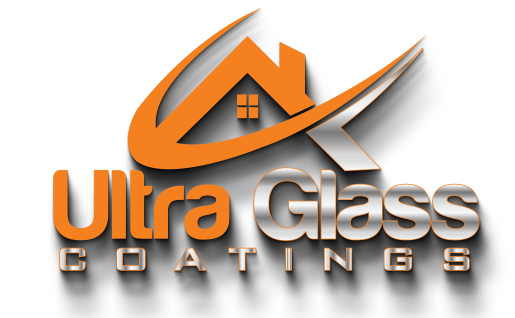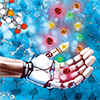| Apr 11, 2025 |
Researchers proposing a more sustainable approach to the production of these nanostructures.
(Nanowerk News) As the demand for innovative materials continues to grow—particularly in response to today’s technological and environmental challenges—research into nanomaterials is emerging as a strategic field. Among these materials, quantum dots are attracting particular attention due to their unique properties and wide range of applications. A team of researchers from ULiège has recently made a significant contribution by proposing a more sustainable approach to the production of these nanostructures.
|
|
Quantum Dots (QDs) are nanometer-sized semiconductor particles with unique optical and electronic properties. Their ability to absorb and emit light with high precision makes them ideal for use in solar cells, LEDs, medical imaging, and sensors.
|
|
In a recent study, researchers at ULiège developed the first intensified, scalable process to produce cadmium chalcogenide quantum dots (semiconducting compounds widely used in optoelectronics and nanotechnology)in water using a novel, biocompatible chalcogenide source (chemical elements such as sulphur, selenium, and tellurium). Unlike traditional methods that rely on organic solvents, this fully aqueous and continuous flow process offers unmatched sustainability, safety, and versatility — a major leap forward in the responsible production of advanced nanomaterials.
|
|
A collaboration between two ULiège laboratories : the CiTOS (Center for Integrated Technology and Organic Synthesis) and the MSLab, led to design a novel water-soluble chalcogenide source and a fully integrated flow process that delivers biocompatible, high-quality QDs.
|
|
The results are published in Chemical Science (“An innovative chalcogenide transfer agent for improved aqueous quantum dot synthesis”), while a broader review of sustainable quantum dot production was recently featured in Materials Science and Engineering R: Reports (“Towards sustainable quantum dots: Regulatory framework, toxicity and emerging strategies”).
|
|
“This idea originally came from peptide synthesis, where TCEP is a well-known water-soluble reductant,” explains Jean-Christophe Monbaliu, Director of CiTOS. “We saw a unique opportunity to use it as a safer, scalable chalcogen transfer agent — and it worked remarkably well.”
|
|
To better understand the interaction between TCEP and chalcogens (sulfur, selenium and tellurium, CiTOS teamed up with spectroscopy expert Cédric Malherbe (MSLab). Using in situ Raman spectroscopy, they monitored reaction pathways in real time – a rare approach in this field. “This was a real team effort,” says Malherbe. “We used state-of-the-art analytical tools to track reaction pathways in real-time – something that’s rarely done in this field.”
|
|
The system they developed not only improves productivity but significantly reduces waste, energy consumption and the need for post-processing. “Although cadmium-based quantum dots are highly efficient, their toxicity remains a concern – especially under increasingly strict environmental regulations,” adds Carlotta Campalani, researcher at the CiTOS. “We are now exploring greener, less toxic alternatives that still deliver top performance.”
|
|
This research offers a realistic and responsible pathway to the industrial-scale production of nanomaterials — and reflects the ULiège’s commitment to innovation at the crossroads of chemistry, sustainability and technologies for tomorrow.
|

